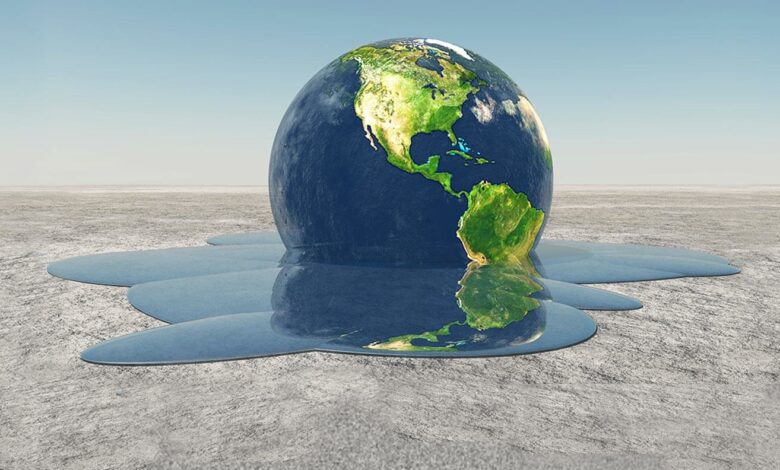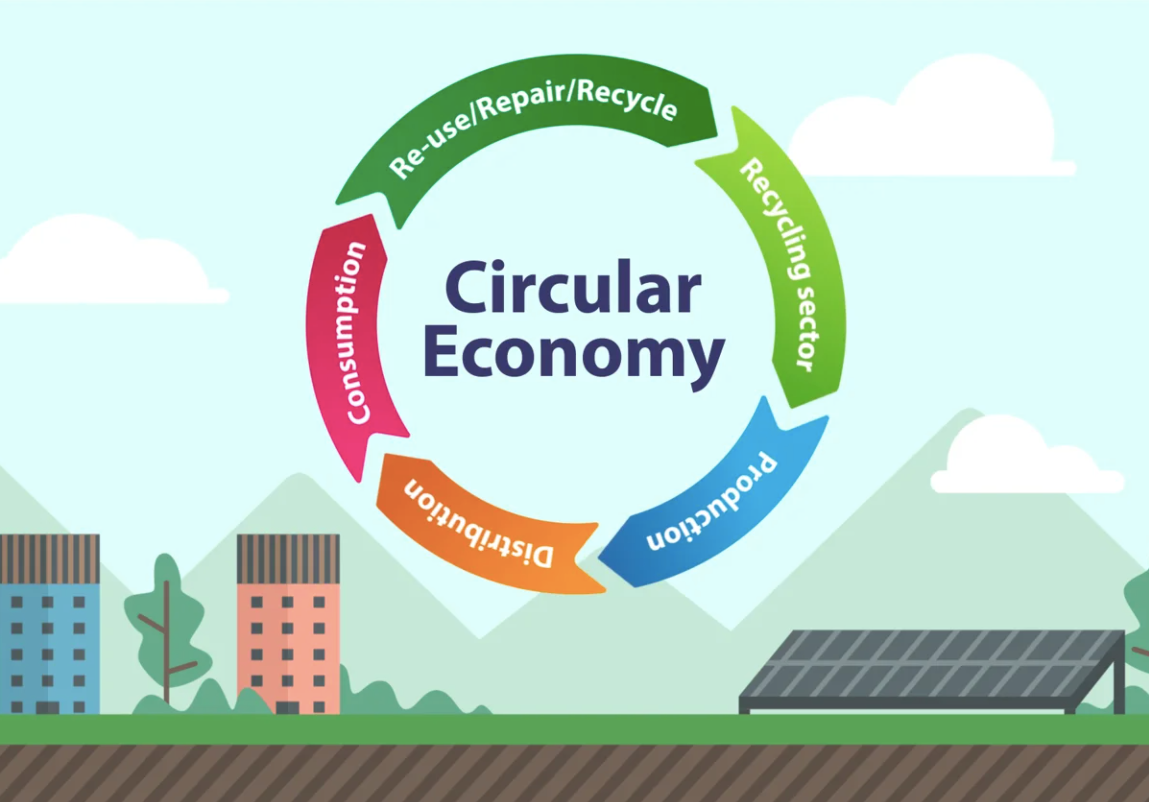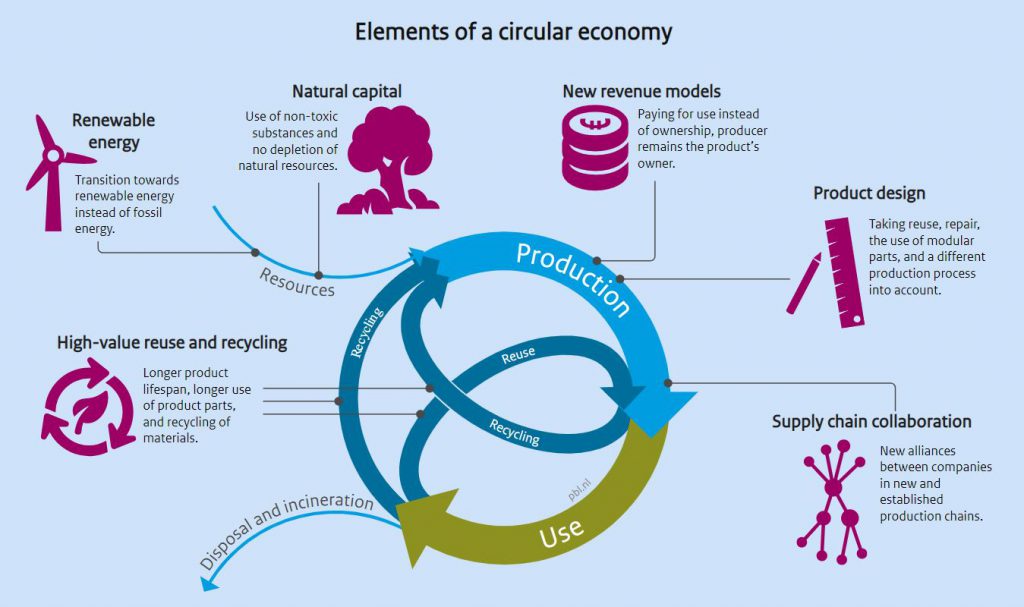Circular economy: the epic saviour of our degrading environment

Circular economy and it’s pros
Recently, the world has been going through a lot. Climate change has been severe and has brought along a lot of danger with it. Talking only about this year, in particular, the world has witnessed so many dangers. From the dangerous mouse plague in Australia to witness the worst in decades’ cyclone Tauktae in India, the world seems to be facing one wrath of nature after the other. Global warming has been constantly rising. Experts have expressed that our planet has warmed up by 1 or 2 degrees, posing danger for the whole world.
But it always comes to this- is this as concerning as it sounds? The answer is a big yes and it’s time we start hearing it loud and clear. All of these notions are acting as an alarm to warn us about the ill condition of our planet. Reports say that if environmental degradation continues at this level, the planet won’t be able to survive the next 100 years. And who is responsible for this destruction of the planet? It’s us.

Every human being has contributed in their way. The rising population along with its current unsustainable consumption pattern and lifestyle has been a great threat to the planet. Ever since the industrial revolution started in the 18th century, the degradation of the environment has been on the rise. Two major reasons behind this are the change in our way of living since the period and the pollution caused by the industries. Undoubtedly, the industrial revolution has helped and is continuing to do so, in developing the world but it has been the cause of great harm to the environment in the process.
The world is currently so polluted that almost 90 percent of the total population is breathing polluted air, as stated by World Health Organisation. The world currently celebrated World Environment Day on the 5th of June. It is the first World Environment Day of the decade and what would be its benefit if it is not followed by some healthy changes. This decade has been declared as the Decade on Ecosystem Restoration by the United Nations. According to the UN, the Decade on Ecosystem Restoration aims to prevent, halt and reverse the degradation of ecosystems on every continent and in every ocean.
According to reports, around 4.7 million hectares of forests are lost every year and this rate imposes a great threat to the ecosystem. India lost nearly 1, 20,000 hectares of forests last year. Trees are being cut and factories are replacing them. These numbers are more dangerous than they sound and we need to take appropriate measures to reduce them. But what about industrial development, do we step back from it? No, but that does not mean we can’t take steps to save our environment.
How, you ask? Well, here comes the concept of the circular economy. It is one of the strongest tools to revolutionize our consumption pattern and to revive the ecosystem. This holistic approach not only reduces environmental degradation but also prepares us for the future.

But what exactly is the circular economy? According to the UK-based Ellen MacArthur Foundation, a circular economy provides a systematic approach to economic development designed to benefit businesses, society, and, most importantly, the environment. It has been introduced to replace the previous ‘take-make-waste model. A circular economy is regenerative and has been introduced to separate growth from the consumption of finite sources.
India has also been considerate about the environment. PM Narendra Modi on 6th June said that both economy and environment can go hand in hand and India has decided to set an example for the world through its various actions. He explained how it is necessary to start development to safeguard our future and for this, India has opted and will continue to use the both ‘hard and soft approach’. On the hard approach, the country’s capacity for renewable sources of energy has increased by 250% in the last 7 years. India is currently one of the top 5 countries in the world in terms of renewable energy capacity.
The increasing use of solar and wind energy indicates the will to make a change to have more sustainable development. On the soft approach, he referred to the steps taken by every common man like reducing the usage of plastic, cleaning beaches, and the concept of Swachh Bharat. India also is set to take necessary actions to restore some forest cover in the lieu of sustainable development, as expressed by Prime Minister Modi in his latest address to the country.
Coming back to a circular economy, it is reported to have several models. One of them is to create a circular supply chain in which renewable and recyclable materials can be used. There is one other model of recovery and recycling. This model encourages the elimination of waste after the product is fully used. This model also focuses on increasing the life of the product in more economical ways like the upgradation, repairing, and sharing the usage of products rather than the traditional ownership model.

Only 14 percent of the total plastic is currently being recycled and the remaining goes into landfills and the ecosystem, according to the reports. The only way to increase the percentage of recycling is by incorporating recycling in the development process itself.
With the level of pollution in the world constantly rising, thereby putting in danger the lives of all of us as well as the environment, the concept of the circular economy seems to be the only savior of the ecosystem. It provides an outcome-driven approach that can be flexible according to the available conditions.
It can be easily applied by any industry and anywhere in the world and seems to be the only hope for the sustainable development of the world. India is showing its concern towards the environment by various policies like the Swachh Bharat Abhiyan to increasing the number of renewable energy plants thereby conveying its message to the world to be environment friendly. For the future of us and our upcoming generations, the protection of the environment is essential and has become the need of the hour because of our ignorance.
To live in a healthy and safe environment, we all must contribute what we can to protect our environment and safeguard the lives of our upcoming generations.




